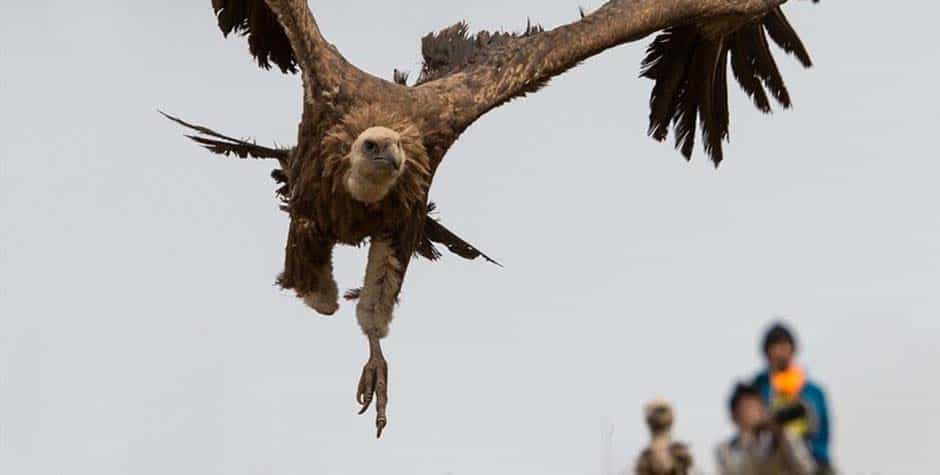Embarking on a journey to the Tibet is an odyssey into the heart of pristine wilderness, where the air is thin, and the landscapes are as breathtaking as the diverse wildlife that calls this region home. Known as the “Roof of the World,” this plateau is a haven for those seeking an extraordinary encounter with nature’s wonders, encompassing a remarkable array of creatures that thrive in this high-altitude sanctuary.
Tibetan Antelope (Chiru):

Tibetan antelope is a significant Wildlife of Tibet. One cannot escape the allure of the Tibetan antelope, or chiru, a captivating species that symbolizes the very essence of the vast expanses of the plateau. Distinguished by its long, gracefully curved horns and a distinctive golden-brown coat, the chiru stands as an icon of the high-altitude wilderness. As travelers traverse the rugged terrain of the Tibetan Plateau, they may find themselves in the presence of these enchanting creatures, witnessing a spectacle that epitomizes the untamed beauty and resilience of this remarkable landscape.
The chiru’s striking appearance is not just an aesthetic marvel but a testament to its adaptation to the challenging conditions of the plateau. Their long, slender horns are finely tuned instruments, enabling them to navigate the rocky terrain and graze on the sparse vegetation that dots the landscape. The golden-brown coat, which adapts to a lighter hue during the winter months, provides effective camouflage amidst the earth-toned surroundings, offering the chiru a level of protection from potential predators.
Observing a herd of chiru in motion is a mesmerizing experience. These agile creatures move with a graceful finesse, effortlessly traversing the undulating terrain. Whether grazing on the alpine meadows or negotiating steep mountain slopes, their movements seem choreographed, harmonizing with the natural rhythms of the plateau. The air is filled with the sound of their hooves lightly tapping on the rocky ground, creating a symphony that echoes through the valleys.
Beyond their aesthetic appeal, the chiru plays a crucial ecological role in maintaining the delicate balance of the plateau’s ecosystem. As herbivores, they contribute to seed dispersal and help regulate plant growth, shaping the landscape in ways that support the diverse array of flora and fauna that call the plateau home. In turn, their presence influences the behavior of predators and scavengers, creating a complex web of interactions that underscores the interconnectedness of life in this remote wilderness.
However, the chiru faces challenges, particularly due to illegal poaching for their valuable wool, known as shahtoosh. Conservation efforts are underway to protect these magnificent creatures, emphasizing the need for sustainable practices and responsible tourism to ensure the preservation of the Tibetan antelope and its habitat.
For travelers venturing to the Qinghai-Tibetan Plateau, witnessing the chiru in its natural habitat is a profound encounter with the untamed spirit of the region. It serves as a poignant reminder of the delicate balance between the natural world and the human presence, urging all who are fortunate enough to witness it to become stewards of this extraordinary landscape, advocating for its protection and sustainable enjoyment for generations to come.

Snow leopard is an iconic wildlife of Tibet. In the hidden recesses of the high-altitude realms, the elusive and majestic snow leopard reigns as the true guardian of the rugged landscapes. Renowned for its unparalleled camouflage and unmatched stealth, the snow leopard is a testament to the artistry of nature in adapting to the harsh conditions of the Tibetan Plateau. Spotting this enigmatic predator in its natural habitat is an endeavor that demands patience, a keen eye, and a bit of luck, yet the sheer thrill of a successful encounter is an unparalleled reward for dedicated wildlife enthusiasts.
Cloaked in a coat of silvery-gray fur adorned with intricate rosettes, the snow leopard seamlessly blends into the rocky outcrops and snowy expanses that define its alpine domain. These remarkable adaptations are essential for survival, allowing the snow leopard to stalk its prey with unparalleled precision or elude potential threats in the mountainous terrain it calls home.
The quest to spot a snow leopard is a journey into the heart of one of the world’s most remote and inhospitable regions. Dedicated wildlife enthusiasts embark on treks through steep valleys, rocky slopes, and icy plateaus, following in the pawprints of this elusive feline. Patience becomes both a virtue and a necessity as the snow leopard’s solitary and elusive nature demands a quiet and unobtrusive presence from those who seek to witness its grace.
The experience of glimpsing a snow leopard against the dramatic backdrop of snow-capped peaks is nothing short of awe-inspiring. The sheer majesty of this solitary cat navigating the precipitous cliffs or surveying its territory from a lofty vantage point evokes a profound connection with the untamed spirit of the Tibetan Plateau. The juxtaposition of the leopard’s sleek silhouette against the pristine, untouched beauty of the landscape creates a tableau that etches itself into the memory of those fortunate enough to bear witness.
As charismatic as it is elusive, the snow leopard is a keystone species in the fragile high-altitude ecosystem. Its presence regulates prey populations, ensuring a balance that ripples through the intricate web of life on the plateau. Conservation initiatives and responsible tourism play a pivotal role in safeguarding the future of these elusive predators and the delicate ecosystems they inhabit.
In the pursuit of the snow leopard, travelers not only embark on a wildlife adventure but also become advocates for the protection of these endangered creatures and their pristine habitats. By fostering awareness and supporting conservation efforts, visitors to the Tibetan Plateau contribute to the preservation of a species that embodies the raw beauty and resilience of one of the world’s most captivating wildernesses. The quest for the snow leopard becomes not just a personal journey but a collective commitment to safeguarding the treasures of the high-altitude realms for generations to come.
Tibetan Wild Ass (Kiang):
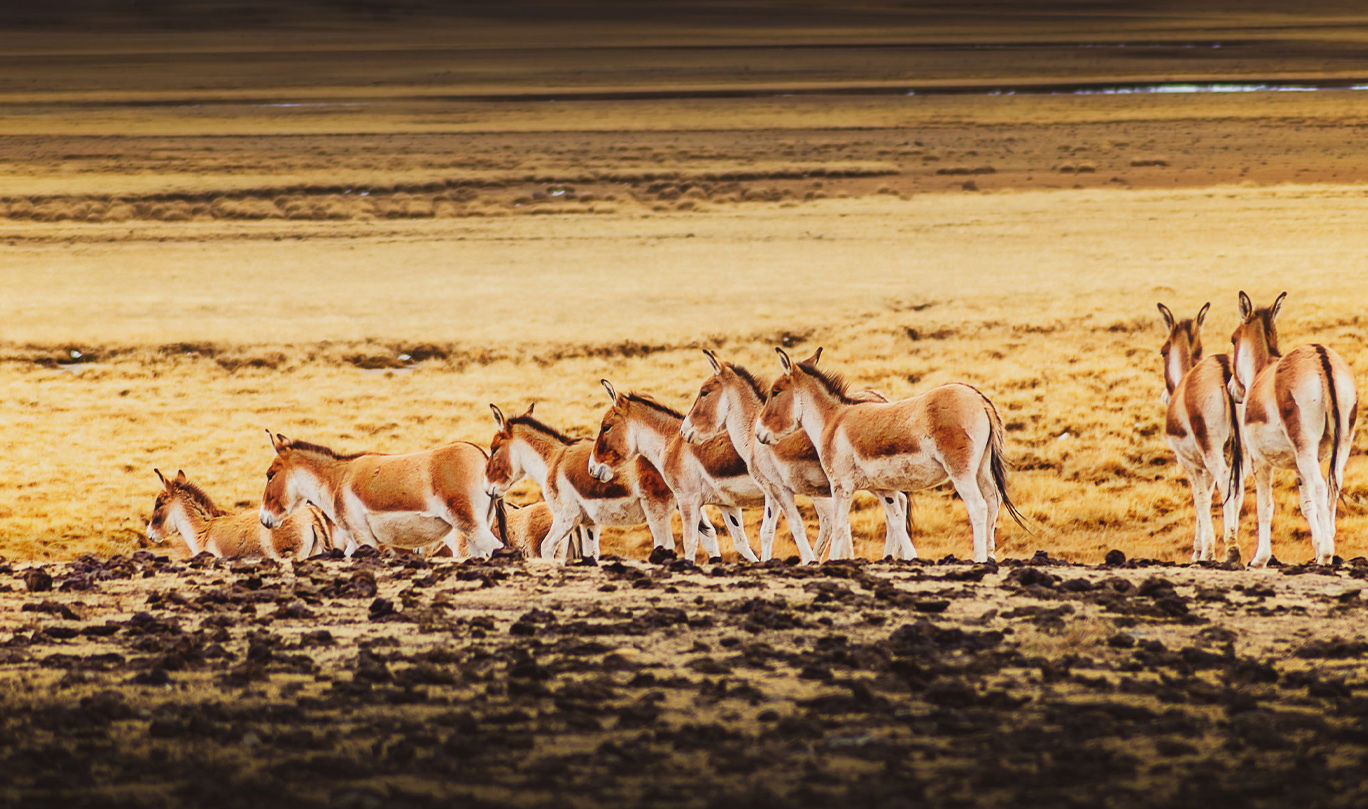
Himalayan Blue Sheep (Bharal):
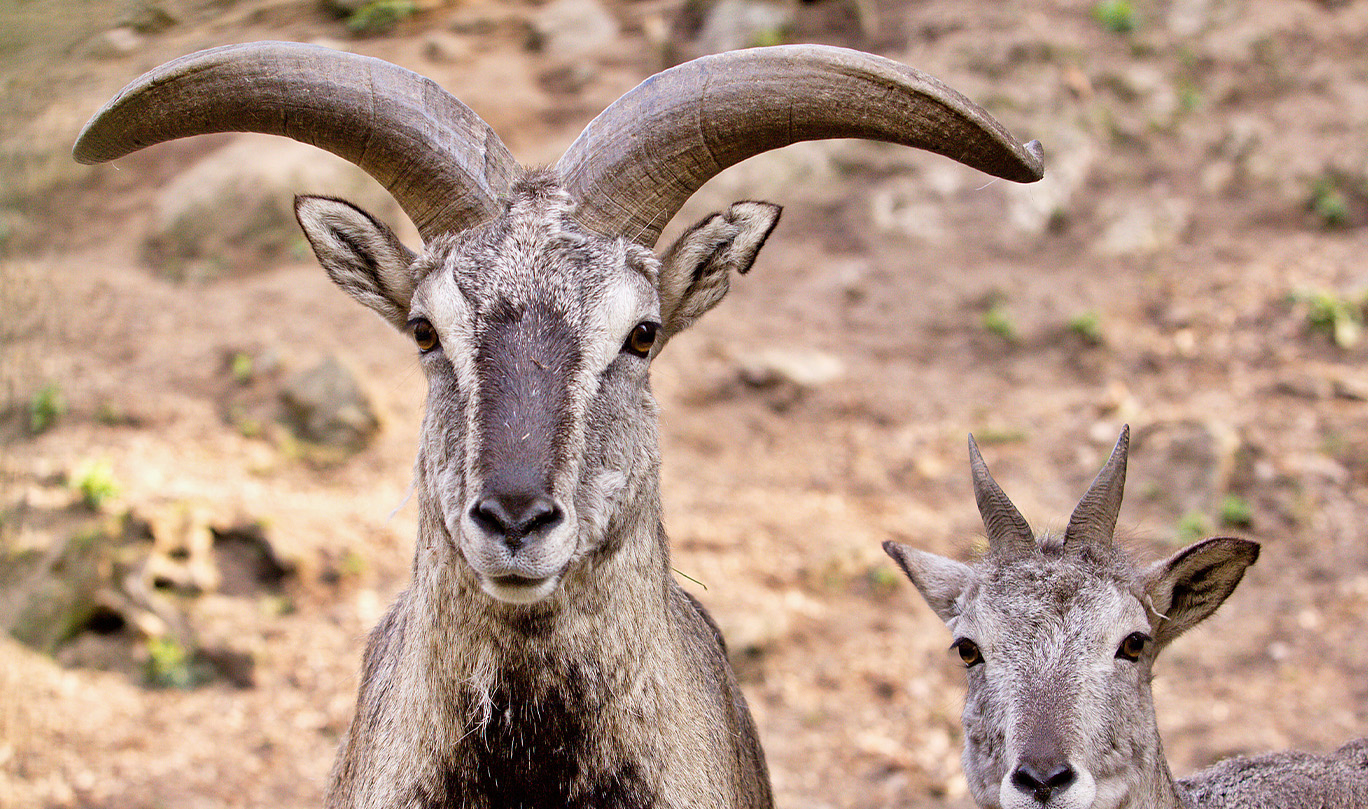
Tibetan Argali:

Tibetan Gazelle:
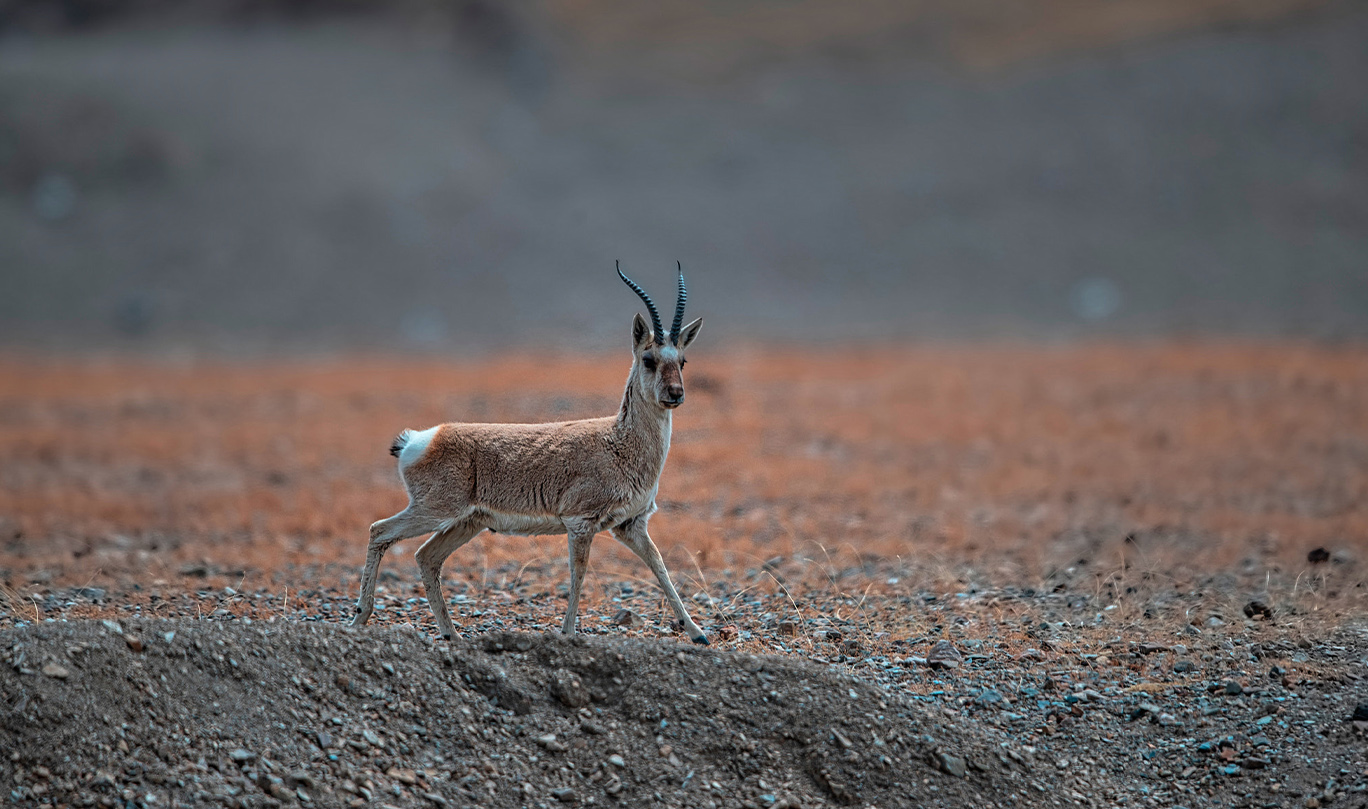
Himalayan Marmots:

Black-Necked Cranes:

Wild Yak:
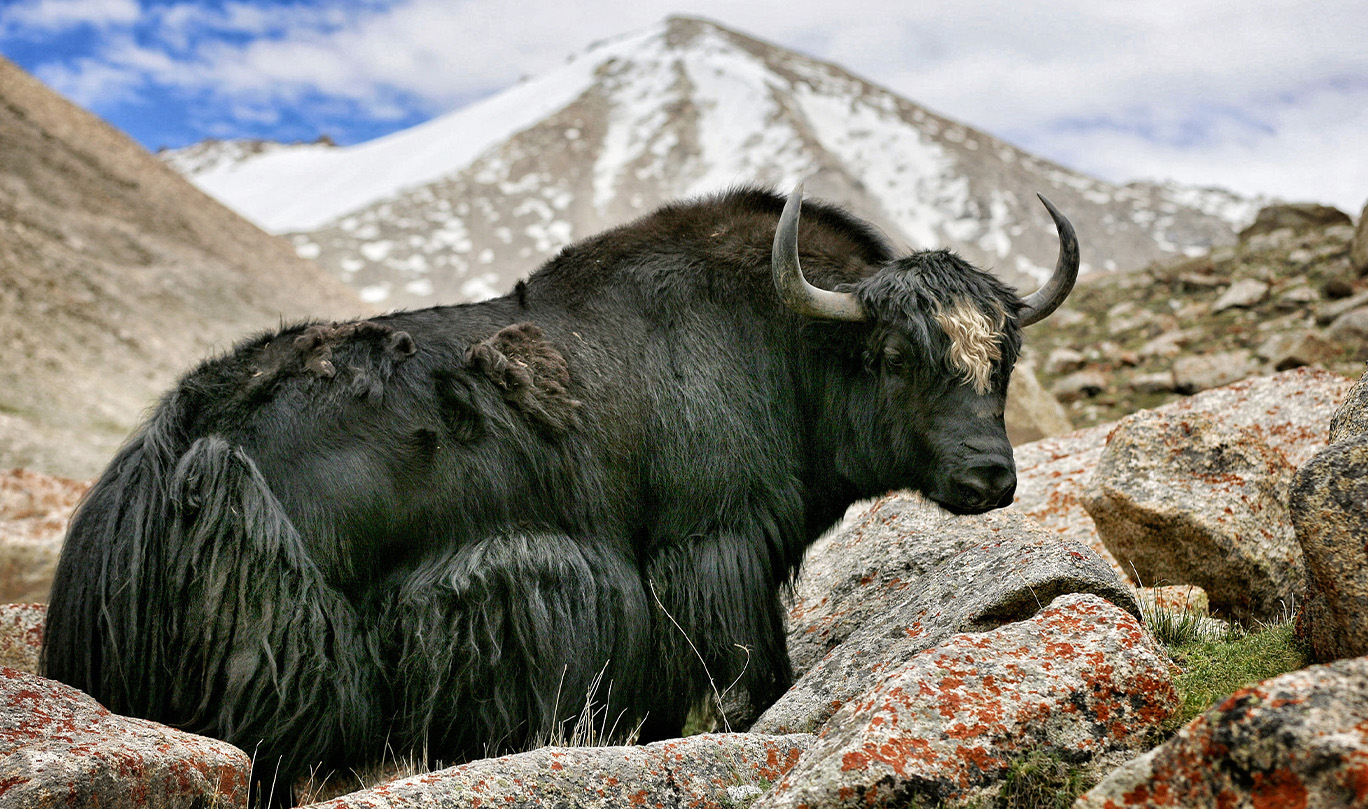
Tibetan Red Deer:
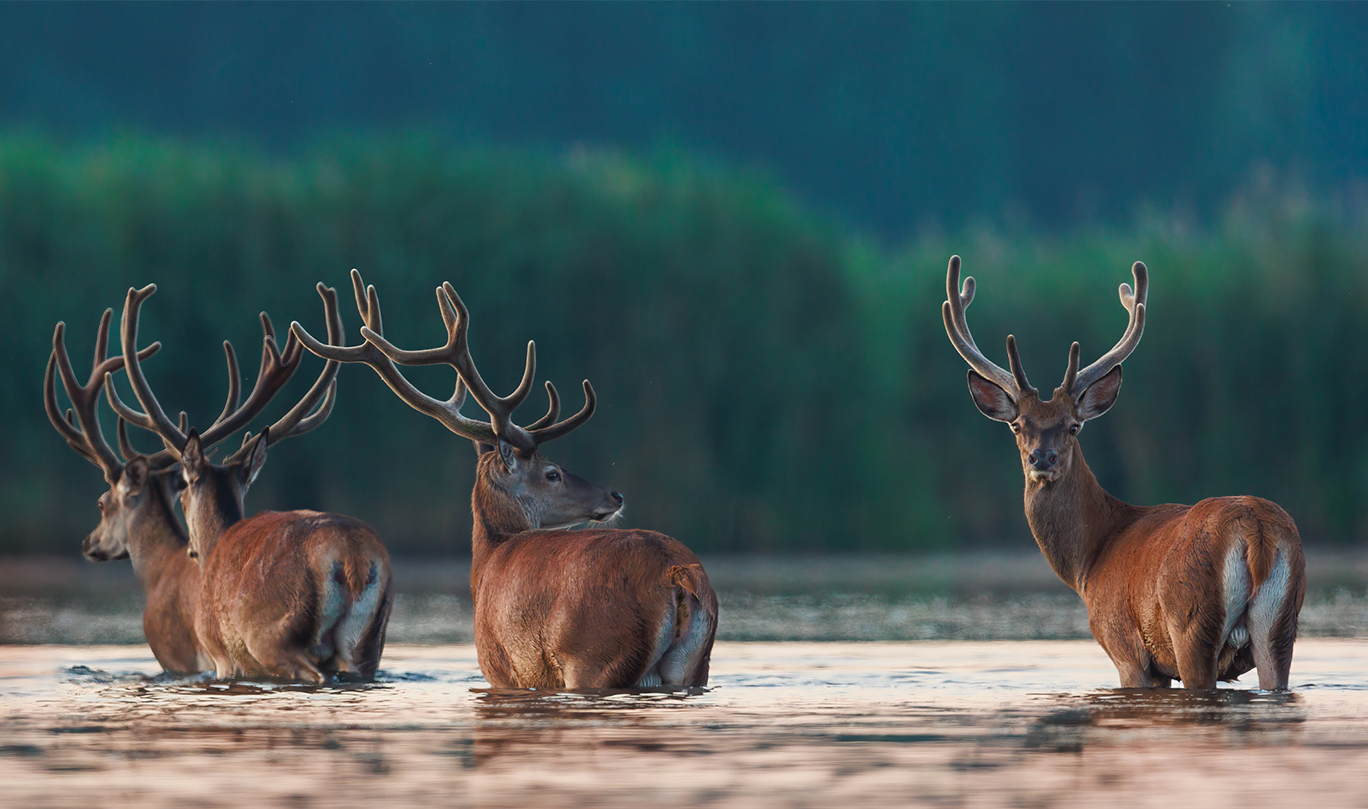
Tibetan Brown Bear:
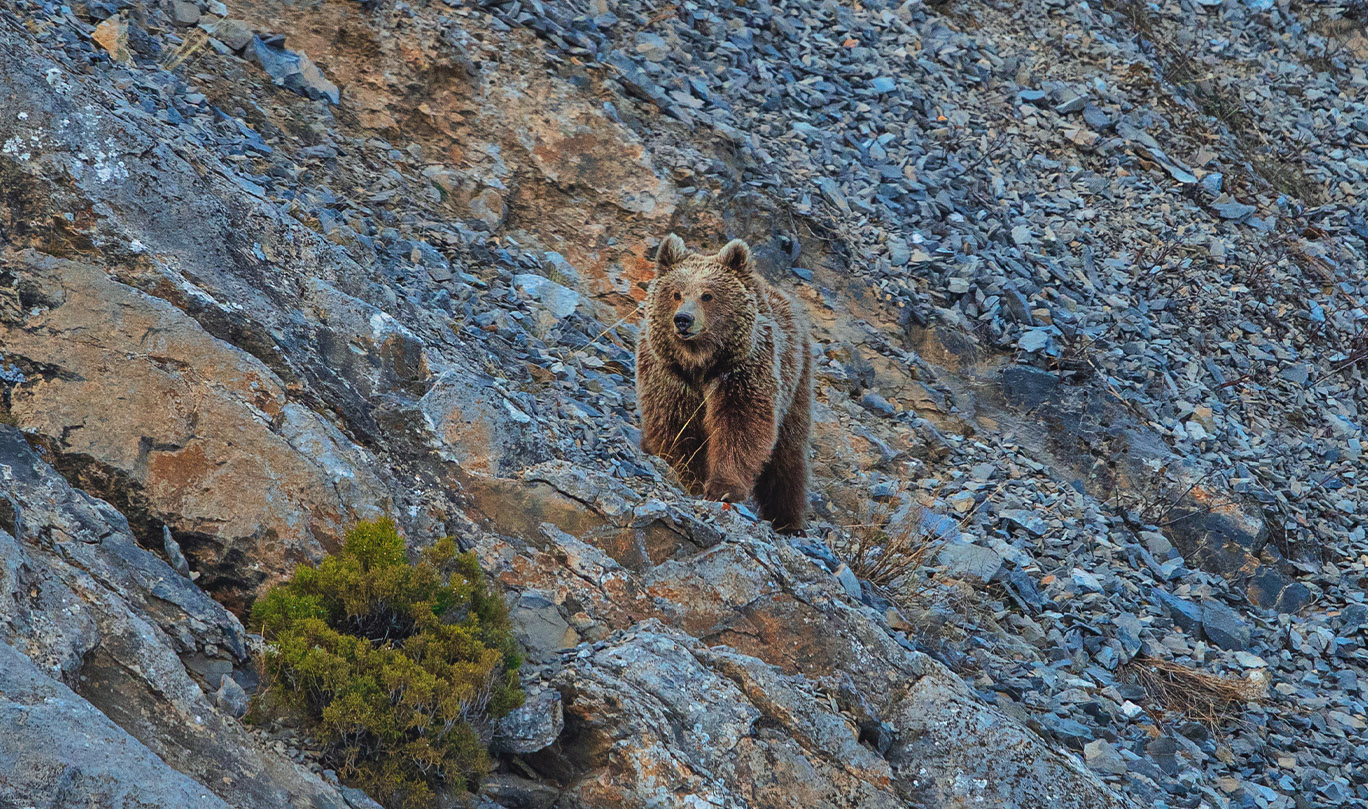
Tibetan Fox:
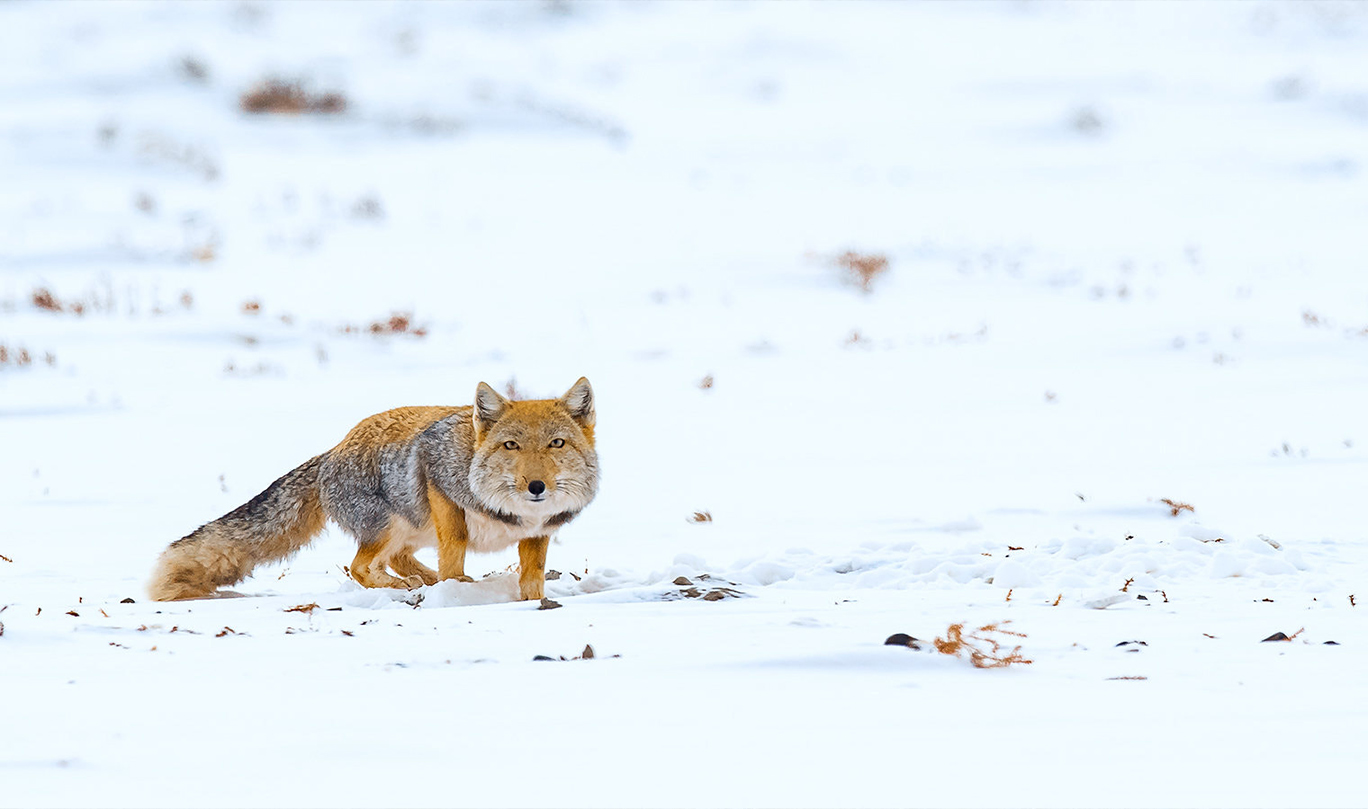
Conclusion of Wildlife of Tibet
Explore Tibet with a local Tibetan Travel Agency
If you’re looking to explore Tibet, starting your journey with a reputable Tibetan travel agency in Tibet is crucial. Tibet Travel & Tours is a great choice to begin your adventure with their extensive knowledge of the region and commitment to responsible tourism.
Their Tibet tour packages cater to a range of interests and budgets, making it easy to plan a trip that suits your needs. Before embarking on your tibet tour, it’s essential to have the right Tibet travel information and necessary documents, including a Tibet travel permit.
The Tibet Travel Planner provided by i-Tibet travel is an excellent resource to plan your trip, including tips on what to pack, where to stay, and what to see.
For beginners, the “About Tibet” guide provided by i-Tibet travel offers a comprehensive overview of the region’s history, culture, and top attractions. So, start your Tibet travel plan here with i-Tibet travel and discover the magic of Tibet for yourself.
About Tibet Travel & Tours
Tibet Travel & Tours is a local travel agency in Tibet that offers unique and authentic experiences to travelers from all around the world. As a leading tour operator in Tibet, we provide high-quality Tibet Travel services that are tailored to our clients’ needs and preferences.
Our team of experienced and knowledgeable professionals strives to ensure that our clients have a hassle-free and memorable trip in Tibet. We specialize in various types of tours, including cultural tours, trekking and hiking tours, and adventure tours.
Our commitment to providing exceptional service has earned us a reputation as one of the best local travel agencies in Tibet. Contact us today to plan your unforgettable trip to Tibet.
How to apply for Tibet Travel Permit (Tibet Visa)
How to apply for a Tibet travel permit? Tibet Travel permit is also known as Visa for Tibet. This is the biggest Question all the visitor...
How to go to Tibet from Nepal
In this post about How to go to Tibet from Nepal?. We will be covering; Tibet Travel permits, The procedure in applying for the Chinese Group Visa...
Tibetan Sky Burial
Tibetan sky burial ritual is one of the most unique culture we have develop over centuries. Different people have a different view of this practice.



